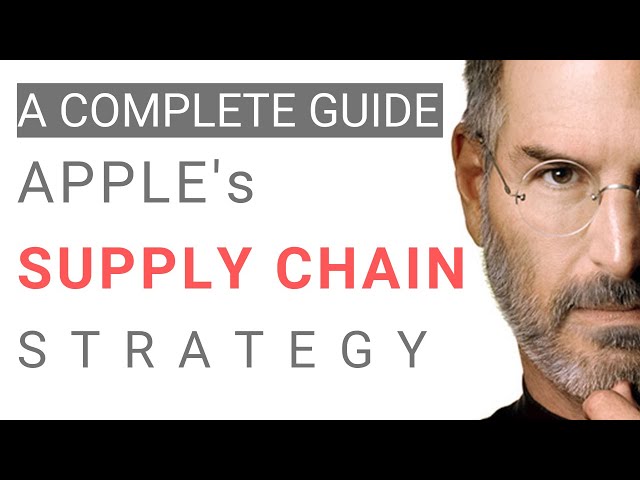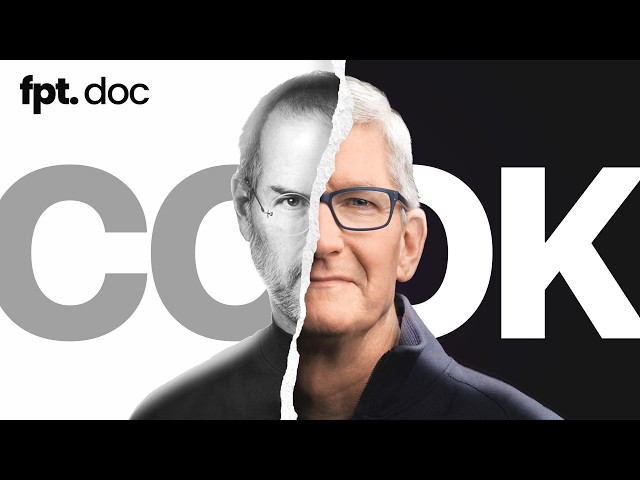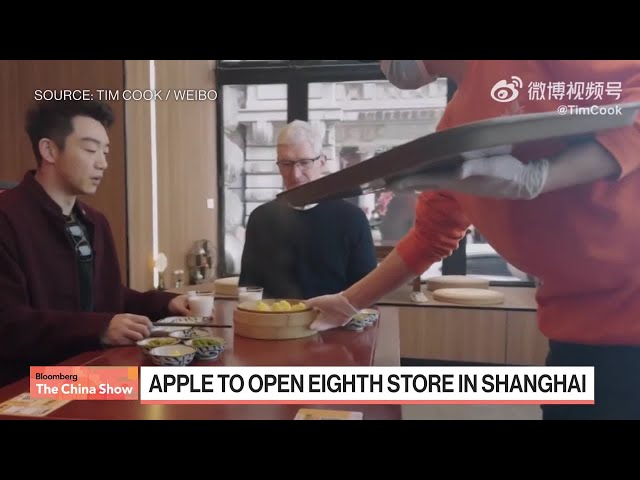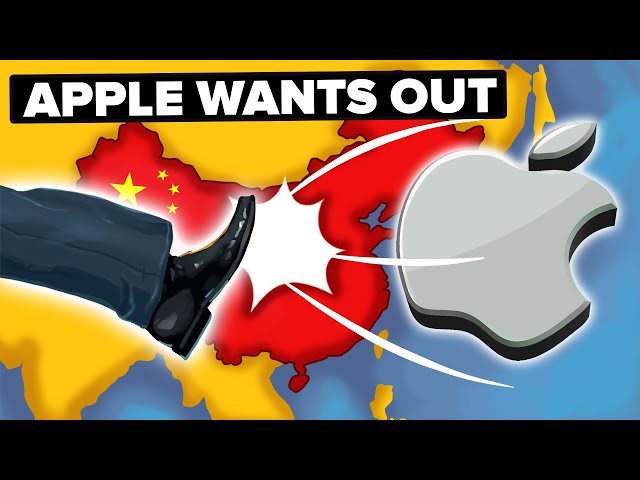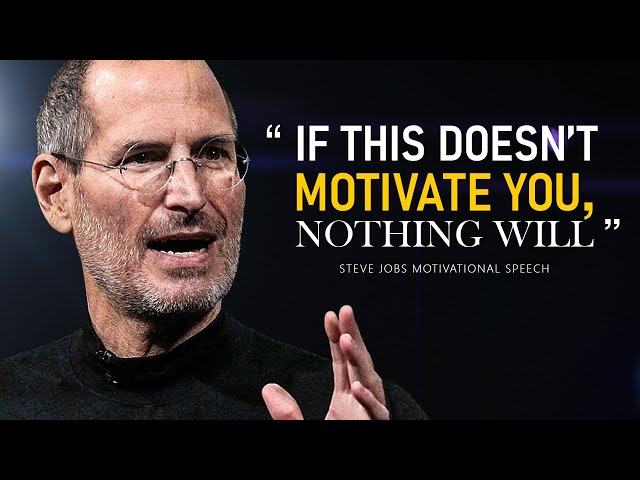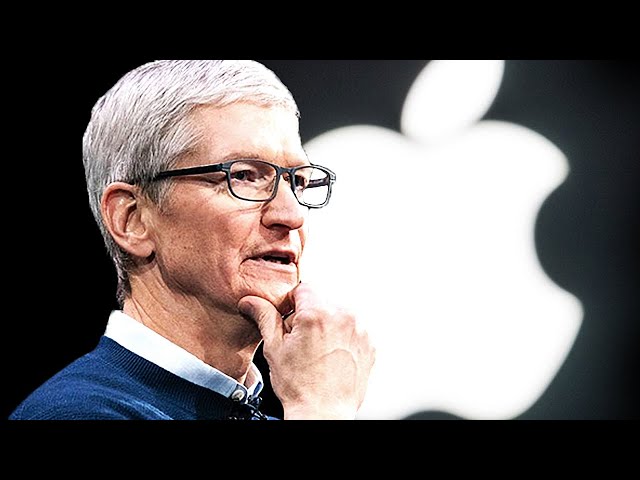Apple Supply Chain Strategy and Information.
Apple has a complex and global supply chain that involves multiple stages of production and distribution. The company works with a network of suppliers, manufacturers, and distributors to produce and deliver its products to customers around the world.
Apple’s supply chain starts with the procurement of raw materials and components, which are used to manufacture finished products. These raw materials and components come from a variety of sources, including suppliers located in countries around the world.
Once the raw materials and components are procured, they are sent to Apple’s manufacturing partners, who are responsible for assembling the finished products. These partners include companies such as Foxconn, Pegatron, and Wistron, which have factories in countries such as China, Indonesia, and the Philippines.
After the finished products are manufactured, they are shipped to Apple’s distribution centers around the world, where they are stored until they are ready to be shipped to retail stores or directly to customers. Apple has distribution centers in countries including the United States, Germany, and China.
In addition to its own distribution centers, Apple also works with third-party logistics providers to handle the transportation and delivery of its products to customers.
Tim Cook’s Involvement with the Apple Supply Chain
Tim Cook played a key role in shaping and improving the Apple supply chain during his time working with Steve Jobs. Cook joined Apple in 1998 as the Senior Vice President for Worldwide Operations, and he quickly became an integral member of the company’s leadership team.
In this role, Cook was responsible for overseeing all aspects of Apple’s supply chain, including the procurement of raw materials and components, the manufacturing and assembly of products, and the distribution and delivery of finished goods.
Cook worked closely with Steve Jobs to develop and implement strategies to improve the efficiency and effectiveness of the Apple supply chain. This included building new manufacturing facilities, partnering with leading suppliers, and adopting advanced manufacturing technologies.
Cook’s efforts helped to make the Apple supply chain more efficient and cost-effective, and played a key role in the company’s success. After Steve Jobs passed away in 2011, Cook became CEO of Apple and continued to play a central role in managing the company’s supply chain.
Steve Jobs and the Apple Supply Chain
Steve Jobs was known for his focus on innovation and quality, and this applied to the Apple supply chain as well. As the co-founder and CEO of Apple, Jobs played a central role in shaping the company’s supply chain strategy and operations.
Jobs was known for being very involved in the details of Apple’s supply chain, and he was known to have high standards for the quality and reliability of the raw materials and components used in Apple’s products. He also worked closely with Apple’s manufacturing partners to develop and implement advanced manufacturing technologies, such as robotics and automation, which helped to make the company’s supply chain more efficient and cost-effective.
Jobs also had a strong focus on sustainability and was committed to responsible sourcing. Under his leadership, Apple implemented a number of initiatives to reduce waste and minimize the environmental impact of its operations, including the use of renewable energy and the adoption of sustainable materials.
Why is Apple’s Supply Chain So Good?
Apple’s supply chain strategy is focused on efficiency, reliability, and sustainability. The company works to continuously improve and optimize its supply chain in order to deliver high-quality products to customers around the world in a timely and cost-effective manner.
Here are some specific elements of Apple’s supply chain strategy:
- Building strong relationships with suppliers: Apple works closely with a network of suppliers to ensure the reliability and quality of the raw materials and components that are used in its products. The company also works with its suppliers to develop new materials and technologies, and to continuously improve their processes and practices.
- Adopting advanced manufacturing technologies: Apple invests heavily in advanced manufacturing technologies, such as robotics and automation, which help to make its supply chain more efficient and cost-effective. The company also works to reduce waste and minimize the environmental impact of its manufacturing processes.
- Developing a global network of manufacturing and distribution facilities: Apple has built a global network of manufacturing and distribution facilities, which allows the company to produce and deliver its products to customers around the world. This network includes factories in countries such as China, Indonesia, and the Philippines, as well as distribution centers in the United States, Europe, and Asia.
- Implementing sustainability initiatives: Apple is committed to responsible sourcing and has implemented a number of initiatives to make its supply chain more sustainable. This includes the use of renewable energy, the adoption of sustainable materials, and the implementation of programs to reduce waste and minimize the environmental impact of its operations.
Overall, Apple’s supply chain strategy is focused on delivering high-quality products to customers around the world in a cost-effective and sustainable manner. The company works continuously to improve and optimize its supply chain in order to achieve these goals.
iPhone Supply Chain
The iPhone supply chain is a complex and global network that involves multiple stages of production and distribution. Here is a general overview of the process:
- Procurement of raw materials and components: The iPhone supply chain begins with the procurement of raw materials and components, such as aluminum, copper, and glass, as well as electronic components such as processors and sensors. These raw materials and components are sourced from a variety of suppliers located around the world.
- Manufacturing: Once the raw materials and components have been procured, they are sent to Apple’s manufacturing partners, who are responsible for assembling the finished iPhone. These partners include companies such as Foxconn, Pegatron, and Wistron, which have factories in countries such as China, Indonesia, and the Philippines. The manufacturing process involves multiple steps, including stamping, machining, and assembly.
- Quality control: After the iPhone has been assembled, it goes through a series of quality control checks to ensure that it meets Apple’s standards. These checks may include testing the iPhone’s functionality, as well as inspecting it for defects.
- Distribution: After the iPhone has passed quality control, it is shipped to Apple’s distribution centers around the world, where it is stored until it is ready to be shipped to retail stores or directly to customers. Apple has distribution centers in countries including the United States, Germany, and China.
- Transportation and delivery: The final step in the iPhone supply chain is the transportation and delivery of the iPhone to customers. This may involve working with third-party logistics providers to handle the transportation and delivery of the iPhone to retail stores, or directly to customers who have ordered online.
Responsible Sourcing and Supplier Code of Conduct.
Apple is committed to responsible sourcing, which means that the company is concerned with the ethical and environmental impacts of its supply chain. To ensure that its suppliers are operating in a responsible and sustainable manner, Apple has established a Supplier Code of Conduct.
The Supplier Code of Conduct is a set of guidelines that outline Apple’s expectations for its suppliers in various areas, including labor and human rights, health and safety, and environmental protection. The code is designed to ensure that Apple’s suppliers are treating their workers fairly and ethically, and that they are operating in a way that is environmentally sustainable.
Here are some specific examples of the standards outlined in Apple’s Supplier Code of Conduct:
- Labor and human rights: Apple requires its suppliers to adhere to all applicable laws and regulations related to labor and human rights, and to treat their workers with dignity and respect. This includes providing fair wages and benefits, as well as ensuring that working conditions are safe and healthy.
- Health and safety: Apple expects its suppliers to maintain safe and healthy working environments for their employees, and to provide appropriate training and protective equipment. The company also requires its suppliers to follow all applicable laws and regulations related to health and safety.
- Environmental protection: Apple expects its suppliers to minimize their environmental impacts and to operate in a sustainable manner. This includes reducing waste and pollution, and conserving natural resources such as water and energy. The company also expects its suppliers to comply with all applicable environmental laws and regulations.
To ensure that its suppliers are complying with the Supplier Code of Conduct, Apple has a Supplier Responsibility program that includes audits of its supply chain. The company works with independent third-party auditors to conduct these audits, which are designed to identify any areas where suppliers may be falling short of the standards outlined in the code. If any issues are identified, Apple works with its suppliers to develop and implement plans to address them.
